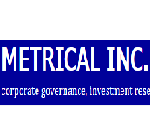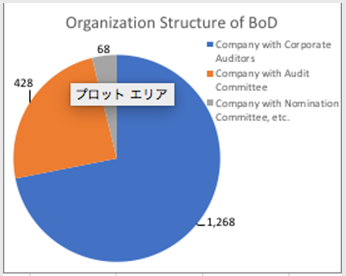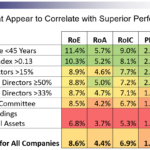by Sachiko Ichikawa
Comment by Nicholas Benes
Carlos Ghosn held a press conference on January 8, 2020 to present his “not guilty arguments” regarding the alleged crime of making, or not preventing, misrepresentations in Nissan’s Security Reports. He had already disclosed the testimony he made at the Japanese court which was considering his bail in 2019. So this was the second time that he has defended himself in public.
Mr. Ghosn spent more than one hour for his presentation, and even showed many slides and materials, but his logic for insisting on his innocence was not easy to understand. To me, his 2019 testimony in court was better than his 2020 televised presentation. In an attempt to connect the dots, this article will explain my own interpretation of what Mr. Ghosn really wanted to say.






